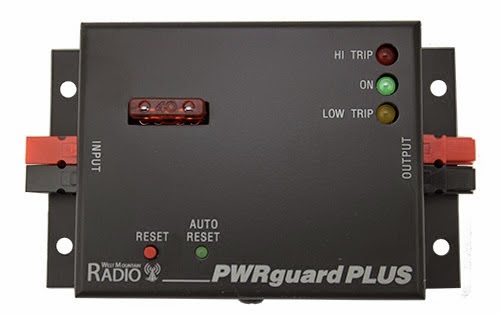My 4m Band History To Date
In my radio shack I use an ICOM V200T PMR (Private Mobile Radio) rig, putting out around 30W, for my 70MHz or 4m radio activity. I have a professionally manufactured Jaybeam folded dipole above the roof line as an aerial. It is particularly good as it comes complete with a balun and is very well manufactured. I think I purchased the aerial in 1990 - and it has served me well ever since.
I have other PMR rigs in the cupboard - as I used to be very active and enjoyed converting many of them to the Amateur bands. I started using the 4m band in 1989 using a crystal controlled Telefunken radio which I converted from a German Fire Engine - as they were moving away from crystals and on to VFOs (Variable Frequency Oscillators).
It has, however, been about 4 years since I have had a 4m transceiver, or 'rig', in the car and, as the band seems to be getting more popular in this part of the UK once again, I thought it was time to put that right!
Of course, the one 4m remote-head rig I already owned was limited to 20W and had an annoying 90 second time-out timer, which I could not reprogram, so I wanted to use something with a bit more power out! I still have my Pye 4m amplifier but I wanted to cut down on space and wiring in the car - especially as a modern car can be less roomy for all that gear.
A Solution For Mobile Operating
In the UK it is possible to purchase a 'Quad Band' transceiver covering 4 Amateur Bands: 6m, 4m, 2m and 70cm. I purchased mine from the
Martin Lynch Group in Staines, London.
This gave me a remote head option capable of running up to 50W of power out to the aerial. Such power would be just right for mobile operation!
It also means that I can occasionally use the 6m band from the car. I already have access to 2m & 70cm band (analogue & digital) from my ICOM ID5100E in the car. You can see the head unit of the ID5100E above the corresponding head unit of the Quad-Band radio in the photo above. This means both radios are very easy to operate from the driving position.
Now, how to power two radios from one heavy-duty socket in the boot of the car ('trunk' for my Stateside readers!) in a safe manner? Well, I am a great supporter of
West Mountain Radio products and PowerPoles, so the top photo shows you the fused system I use to accommodate two radios running at the same time.
The second photo shows the unit in situ, next to the main unit for the ICOM ID5100E radio. You can see the 12v socket clearly feeding the RigRunner. It works a treat!
Here you can see the 4m aerial situated at the back of my car. It is centre loaded, to make the physical height of the aerial smaller whilst maintaining the same electrical length. It works incredibly well!
I have already worked a few stations whilst travelling around Kent and I expect to work a more over the coming weeks.
Here you can see the 4m aerial on the left & the dual-band 2m/70cm aerial on the right - at the rear of my car.
Hope you found that interesting?
More later!
Best 73 de John G0GCQ



























